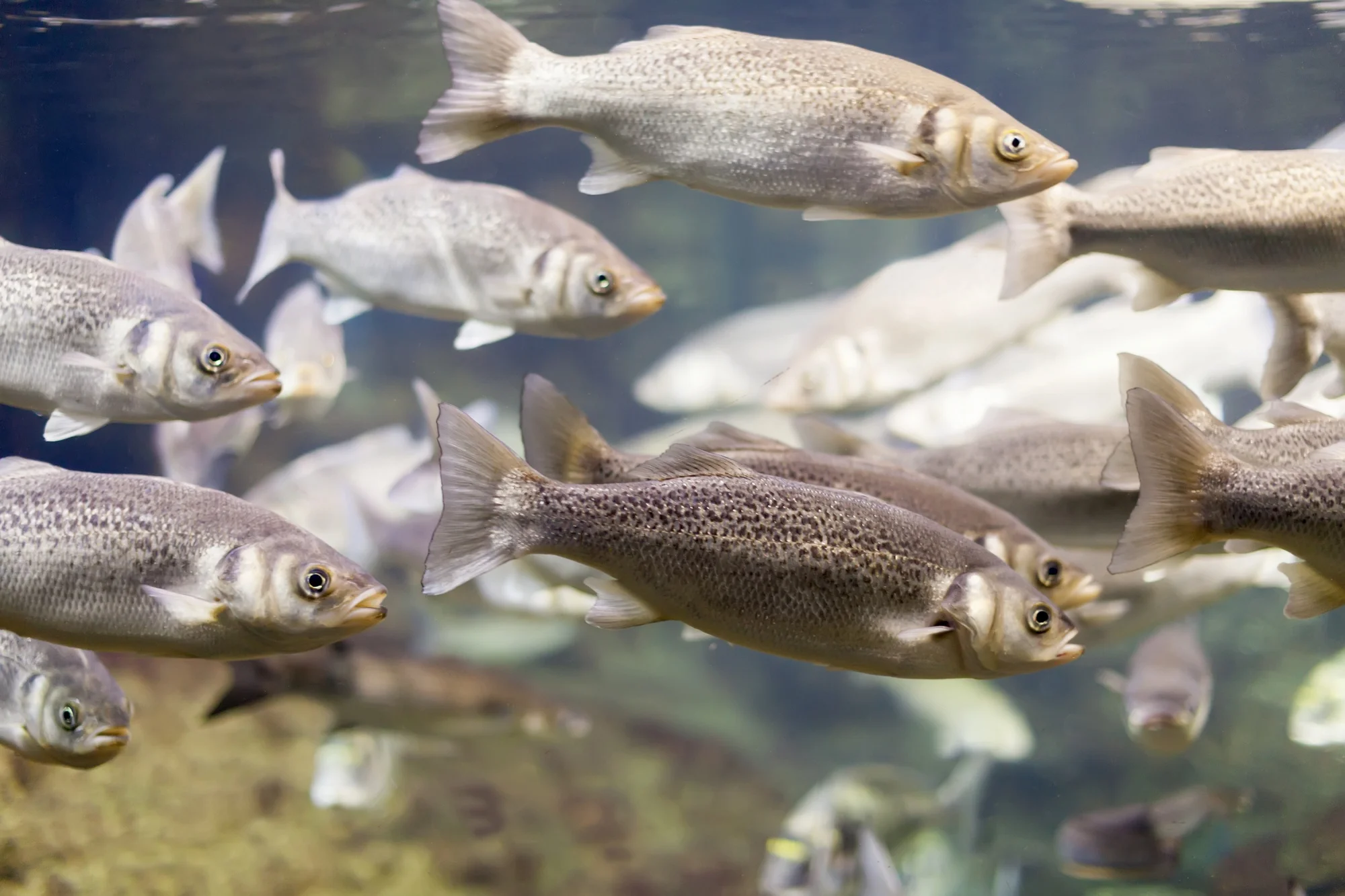Introduction
Fish skin is a multifunctional organ that provides mechanical protection, facilitates osmoregulation, aids in homeostasis, and acts as the first line of defense against diseases. In recent years, the focus on understanding the proteomic composition and structural differences of fish skin has intensified, particularly for their contributions to immune defenses and as a biomarker for fish health. Lumpfish (Cyclopterus lumpus) have emerged as a species of interest given their application in aquaculture for controlling sea lice infestations in farmed salmon. A groundbreaking study, led by Deepti M. Patel and fellow researchers from Nord University, Norway, and the University of Veterinary Medicine and Pharmacy, Košice, Slovakia, has shed light on the proteomic and structural differences in the skin of lumpfish across dorsal, caudal, and ventral regions.
This article will delve deep into the implications of these findings and their significance for the aquaculture industry. The original study, titled “Proteomic and structural differences in lumpfish skin among the dorsal, caudal and ventral regions,” was published in the journal Scientific Reports (Sci Rep) on May 06, 2019 (Patel et al., 2019).
Background
The health and welfare of fish in aquaculture settings are of paramount importance for the sustainability of the industry. The skin of fish is a dynamic barrier that undergoes changes in response to environmental conditions and plays a key role in disease resistance. Thus, understanding the skin’s functional variations is crucial for fish health management. Prior research on fish skin has primarily focused on its immune function, as well as response to stress and infection; however, the spatial heterogeneity in terms of protein expression and skin structure within a single individual had not been thoroughly investigated prior to this study.
Objectives and Methodology
The objectives of Patel and the research team were to quantify the variation in protein and gene expression as well as to assess the structural differences in the skin of lumpfish across various body sites. The study employed two-dimensional gel-based proteomics, real-time PCR for gene expression analysis, and also used histological techniques with Alcian blue and Periodic acid-Schiff staining to visualize skin sections.
Key Findings
The study discovered that specific proteins such as collagen alpha-1 and alpha-2, heat shock cognate 71 kDa, histone H4, parvalbumin, natterin-2, ribosomal protein S12, and DNA topoisomerases A and B were differentially expressed across the dorsal, caudal, and ventral skin regions of the lumpfish. The most striking differences were seen in the ventral region, which showed higher protein expression, a greater number of goblet cells, and increased epidermal thickness compared to the dorsal and caudal regions. Correspondingly, mRNA expression levels of apoa1, hspa8, and hist1h2b also differed significantly between these regions.
Implications for Aquaculture
These findings have important implications for the aquaculture industry. The enhanced protein expression and structural features of the ventral region could be indicative of a heightened protective function, potentially offering better defense properties against pathogens commonly encountered in aquaculture settings. This could inform future practices regarding vaccine placement and disease treatment strategies, targeting areas of the skin that are more responsive or vulnerable.
Conclusion
Patel et al.’s work has set a precedent for the exploration of intraspecific variations in the proteome and anatomy of fish skin. It offers an essential benchmark for the comparative analysis of skin proteins and structures not only in lumpfish but in other fish species utilized in aquaculture. This can lead to more tailored health management strategies, thereby supporting the welfare of farmed fish and contributing to the industry’s economic viability.
DOI and References
DOI: 10.1038/s41598-019-43396-z
1. Esteban, M. A. (2012). An overview of the immunological defenses in fish skin. ISRN Immunol, 2012, 1-29. doi: 10.5402/2012/853470.
2. Bols, N. C., Brubacher, J. L., Ganassin, R. C., & Lee, L. E. J. (2001). Ecotoxicology and innate immunity in fish. Dev. Comp. Immunol., 25(8-9), 853–873. doi: 10.1016/S0145-305X(01)00040-4.
3. Rakers, S., et al. (2010). ‘Fish matters’: the relevance of fish skin biology to investigative dermatology. Exp. Dermatol., 19(4), 313-324. doi: 10.1111/j.1600-0625.2009.01059.x.
4. Patel, D. M. et al., (2019). Proteomic and structural differences in lumpfish skin among the dorsal, caudal and ventral regions. Sci Rep, 9(1), 6990. doi: 10.1038/s41598-019-43396-z.
5. Imsland, A. K., et al. (2014). Assessment of growth and sea lice infection levels in Atlantic salmon stocked in small-scale cages with lumpfish. Aquaculture, 433, 137-142. doi: 10.1016/j.aquaculture.2014.06.008.
Keywords
1. Lumpfish skin proteomics
2. Fish skin structural differences
3. Aquaculture fish health
4. Skin protein expression fish
5. Fish disease resistance mechanisms
